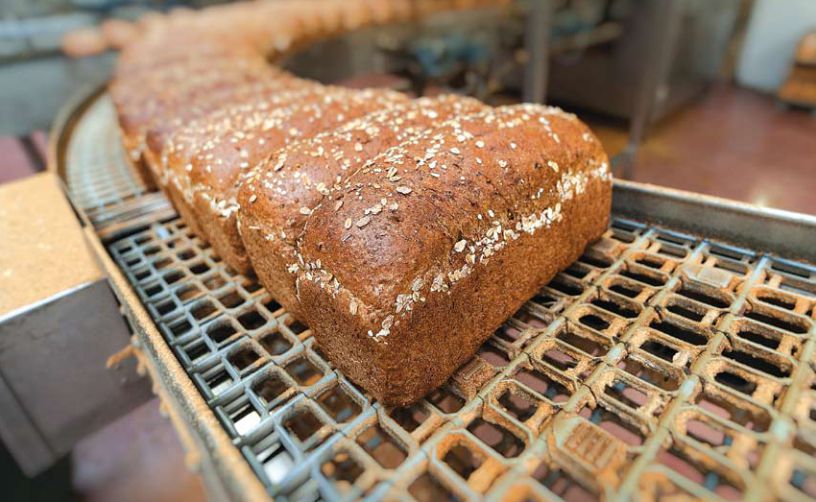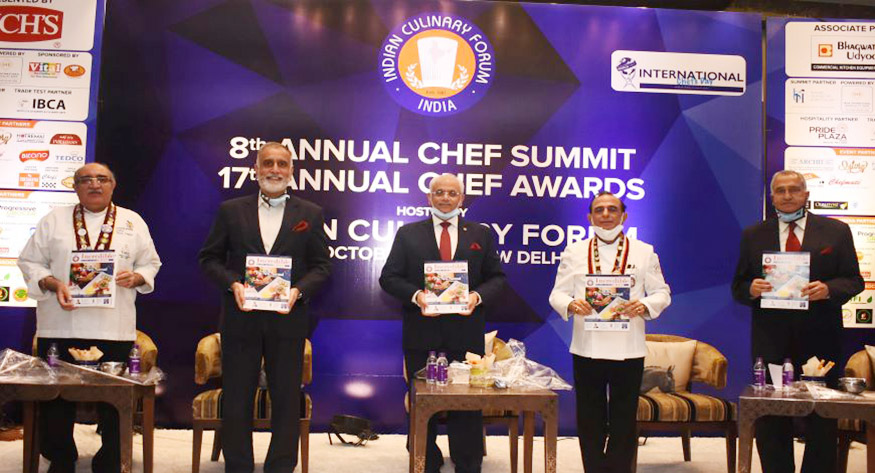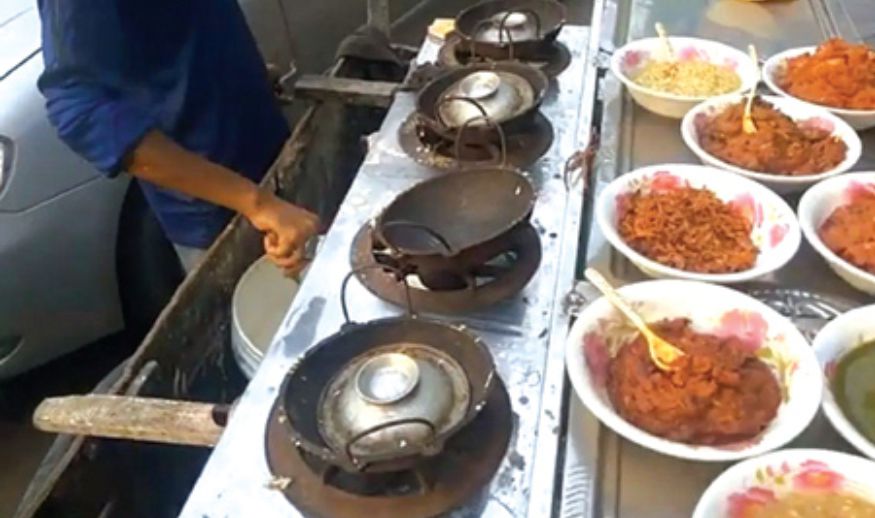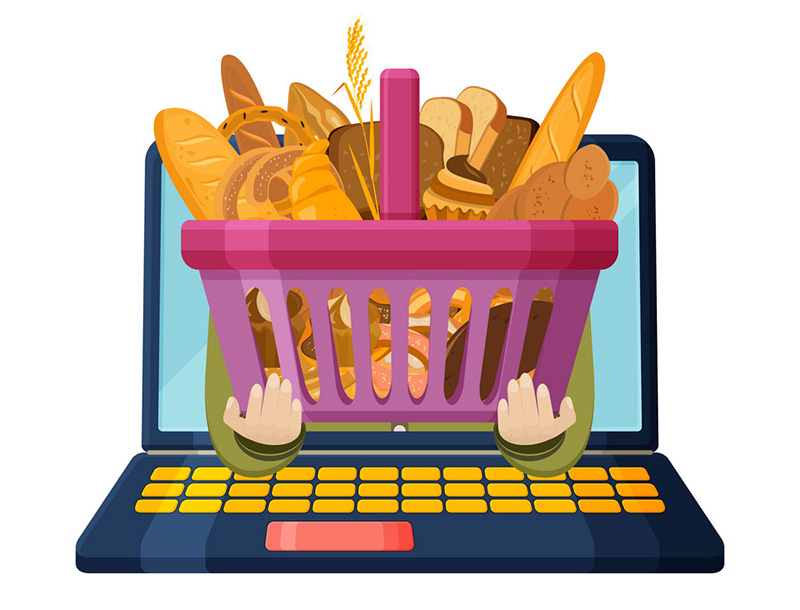BakeryBiz, July-August, 2021
FSSAI’s latest norms, regulating the manufacturing of bread, the ingredients that go in it and its packaging, has had a diverse response from the industry. While most welcome the move calling it a step towards making it a level playing field for all, there is a concern about the ingredient composition aspects and a bigger fear of implementation at the largely unmonitored unorganised sector. Sumit Jha talks to industry partners to get an insight.

The convenience of bread has made it a go-to food for many. In India, over the years, the consumption of bread has been continuously rising. Busy lifestyle, changing eating habits, increased
awareness about wellness and healthy lifestyle, and increase in spending towards food are some of the reasons which are driving this growth in the sale of bread.
With a Compounded Annual Growth Rate (CAGR) of more than 10 per cent, the Indian bread market (including white bread, brown bread, fruit bread and other segments) is projected to grow to USD 1.4 billion by 2026, highlighted a TechSci Research report. With continued growth in consumption of bread, and resultant increased number of bakers taking on bread manufacturing, there has been an explicit need for regulating the way bread is being made, what goes in it and how it is presented.
Steps in FSSAI, the Indian food regulatory body, that has been instrumental in laying down norms and creating a safe environment for the customer and a level playing field for the food producers. FSSAI has proposed measures (refer Table 1), which will be transformed into law soon. Such proactive government mandate is bound to create a clear unambiguous path for the manufacturers to follow and result in increased consumer confidence, thereby augmenting the sale of bread.
“It was long overdue. The move is a welcome one. We have been lobbying with the authorities for having a system in place that is standardised. I am happy that there is going to be a level playing field for all,” said Ramesh Mago, Owner – Kitty Bread, Ludhiana.

Ramesh Mago
MD, Kitty Bread, Ludhiana
“This is a positive and progressive move made by the regulators. It will definitely help in increasing the awareness among customers. People will have more faith in brands and the organised sector will get further streamlined,” informed Salahuddin Khan, COO – Kwality Confectionary Bakers India Pvt. Ltd.
“At The Baker’s Dozen, we have always believed in going above and beyond the basic guidelines. It helps us to make a superior product, hence elevates our potential for customer loyalty. Having said that, it also sets us at a disadvantage compared to other counterparts because customers aren’t aware of this knowledge. The new guidelines being more detailed and quality specific also will lead to the development of the overall industry and more importantly, will benefit the customers,” said Chef Aditi Handa, Head Baker and Co-Founder of The Baker’s Dozen, a hand-crafted artisan bakery brand.
“As a part of Food Industry, it is a must for us to ensure that we deliver Safe, Healthy and Nutritious Food to our Consumers. The guidelines or the new rules of FSSAI have set Standards for the Food Operators on the hygiene practices, grooming standards, storage of food, display of products, packed foods, labeling, nutritional information, allergen information, shelf life, frozen foods, thawing process, temperature, and the food transportation vehicle. Training sessions must be conducted for all involved in food production and food handlers by authorized staff at their work area. This kind of training must be conducted repeatedly. From the customers’ point of view, they will get confidence in the products, including the brands that are following these standards set by FSSAI,” informed Chef Boopesh Pichaimani, Brand Chef, Writers Cafe.
Implementation for other products may be deferred

G Selvarajan,
Chairman of McRennett Foods Pvt. Ltd, Founder President – Tamil Nadu Bakers Federation – India,
and Past President – Society of Indian Bakers
The below mentioned two varieties of bread are the most popular products and the regulations may be justified: Whole wheat Bread: The minimum amount of whole wheat atta to be used is set at 75 per cent. There are certain technical constraints in making a loaf of marketable whole wheat bread and yet 75 per cent is doable with certain process modifications by the bakers. Wheat Bread or Brown bread: Similarly use of 50 per cent of whole wheat atta as a minimum is realistic and bakers should have no practical problems in making and marketing this bread.
As far as all the other bakery products are concerned, they are not widely marketed and hence there is no pressing urgency to set a minimum amount of specialty ingredients in these products.
FSSAI may appoint a technical committee from leading bakery associations and organizations to discuss the technical feasibility of making marketable products for the rest of the bakery products. In their anxiety to set standards, FSSAI should not kill the products or set unrealistic standards. Implementation for these bakery products may be deferred by one year. – G Selvarajan
The Concerns
While the move is being welcomed by all and promises to be creating a positive playground for all involved, there are some concerns being raised by the manufacturers. The Society of Indian Bakers and Tamil Nadu Bakers Federation have suggested some changes (refer Table 2) based on the feasibility of bread production. Many have shown their concern that if the prescribed norms of inclusions in the bread are followed, it may impact the final product.
“This was a much-needed regulation and is a welcome move by FSSAI. We are all for it. We as representatives of Society of Indian Bakers and Tamil Nadu Bakers Federation have suggested some changes, which are derived from the practicality of bread production,” said Joseph Lawrence, an eminent baker recognised as Master Trainer in Baking by FICSI – SKILL INDIA. There has been a process of talking to the members of the various bakery bodies from across the country to understand their concerns. A concise report is being drafted to be collectively put forward to FSSAI so as to get the necessary changes implemented in the final rules.
Implementation Worries
While the regulations would work as a guideline for the bakers, the story is slightly different for the unorganised sector. There is an explicit need of finding a way to influence and monitor these members from the unorganised sector, which dominates the industry – if unverified numbers are to be believed, they account for almost 80 per cent of the overall market.

Salahuddin Khan, COO – Kwality Confectionary Bakers India Pvt. Ltd

Chef Boopesh Pichaimani
Brand Chef, Writers Cafe
“It is going to be difficult for the unorganised sector, which accounts for about 80 per cent of the total market. In times to come, they will need to follow the norms and would have to come into the organised sector. Having said that, there is a cost that we pay for following the rules. GST paid by us cannot be claimed as a manufacturer and adds up to the cost of the bread and is ultimately payable by the customer. If the GST can be claimed, the cost could be lowered for the customer,” added Salahuddin.
There lies a big gap. Suggestive of an explicit need for the authorities to find a way of reaching the bakers across the segment to spread awareness and persuade them to follow the rules or be ready to be penalised for it.
The Packaging Woes
Packaging has been a point of concern for many – for the unqualified depiction that some of the packets make to attract customers, to the costs involved in following the protocol of changing packaging design. There has been a concern raised from time to time about the expenses involved and the inconvenience caused due to change in norms decided by FSSAI with regards to packaging. Many have recommended that such change should be limited to a maximum of one time a year. Some also feel that the basic elements once finalised, the other changes can be marked and made visible to the customer through a QR code printed on the packets.
“As for the packaging, there are many false claims being made about the bread and it is misleading. A standard format in place for it is a welcome move that will place everyone on a level playing field. I feel that there should be QR code that should be printed on the bread packet that should give the necessary details required. This will be beneficial to the manufacturers as they will not need to change the packaging design from time to time,” added Lawrence.

Chef Aditi Handa
Head Baker and Co-Founder of The Baker’s Dozen

Joseph Lawrence
Master Trainer in Baking recognised by FICSI – SKILL INDIA
“Change in packaging and the costs associated with it is a onetime concern, but once it is all in place, it is going to be good, and would make things convenient. It is believed that more transparency
in what is being offered to the customer leads to gaining customer confidence. Today, people are willing to pay more as long as they are assured that they are getting a healthy product,” informed Salahuddin.
“In the older times, people were worried about sharing their recipe and ingredients. It is not rocket science anymore. Showcasing the ingredients on the packaging has not been a point of concern. Selling the products and maintaining the market position is important,” added Salahuddin.
Road ahead
While the regulations are a necessity – resulting in ensuring standardisation and quality adherence, thereby leading to consumer confidence, the focus also needs to be placed on bringing in more and more FBOs into the ambit of FSSAI regulations. Industry representation across segments and a discussion about what modifications are required in the proposed rules to make it acceptable across the board would make it possible to create a win-win situation for all stakeholders and the customer at large.












